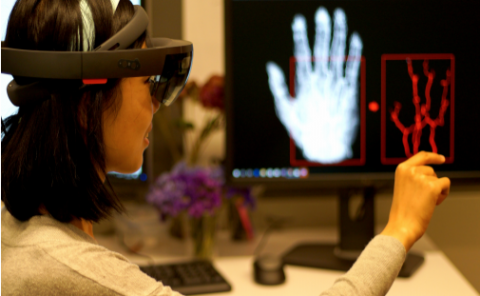Assessing Distance Perception In Virtual And Augmented Realities With Electroencephalography
PubDate: Aug 2020
Teams: University of Mississippi
Writers: Ethan Luckett
PDF: Assessing Distance Perception In Virtual And Augmented Realities With Electroencephalography

Abstract
A common finding in spatial perception research is that subjects tend to underestimate distances in virtual reality compared to the real world. The degree and methods of measurement of underestimation vary between studies, but the trend of underestimation is consistent. This study uses electroencephalography as a neuroimaging technique to examine patterns of brain activity when fixating objects in near space and far space in the real world, in virtual reality, and in augmented reality. For the augmented reality condition, a custom optical see-through augmented reality head-mounted display (HMD) was built and calibrated. A calibration method was developed to correct the geometric distortion introduced by the HMD’s optical combiners. This method also calibrates a motion tracker mounted on the HMD to allow for tracking of head movements.

